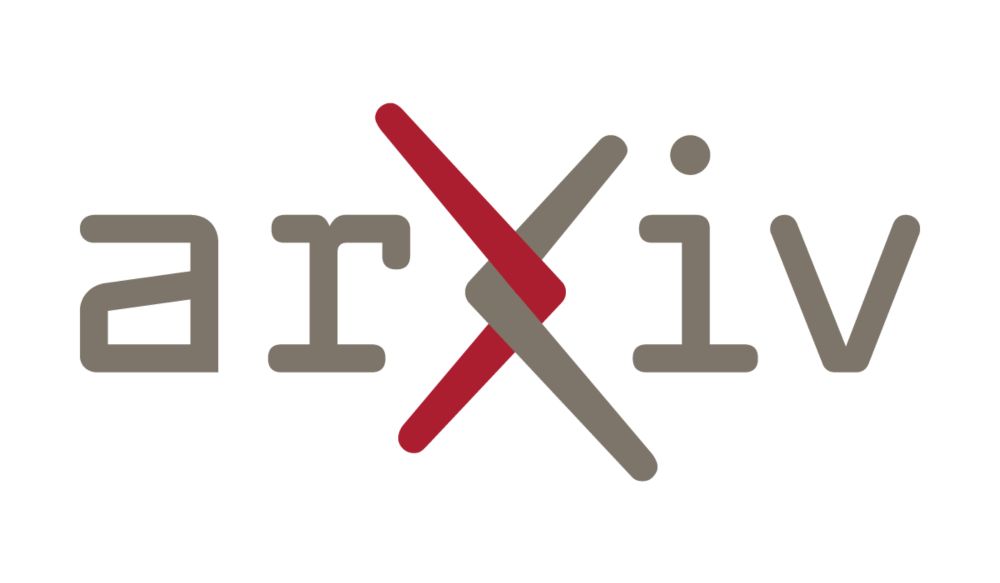Giuseppe Carleo
@gppcarleo.bsky.social
790 followers
320 following
65 posts
Computational Quantum Physicist - EPFL Lausanne, Switzerland
Posts
Media
Videos
Starter Packs
Reposted by Giuseppe Carleo
Giuseppe Carleo
@gppcarleo.bsky.social
· Jul 15

Grassmann Variational Monte Carlo with neural wave functions
Excited states play a central role in determining the physical properties of quantum matter, yet their accurate computation in many-body systems remains a formidable challenge for numerical methods. W...
arxiv.org
Giuseppe Carleo
@gppcarleo.bsky.social
· May 13
Giuseppe Carleo
@gppcarleo.bsky.social
· Apr 30

Nuclear responses with neural-network quantum states
We introduce a variational Monte Carlo framework that combines neural-network quantum states with the Lorentz integral transform technique to compute the dynamical properties of self-bound quantum man...
arxiv.org
Giuseppe Carleo
@gppcarleo.bsky.social
· Apr 12

Foundation Neural-Network Quantum States
Foundation models are highly versatile neural-network architectures capable of processing different data types, such as text and images, and generalizing across various tasks like classification and g...
arxiv.org
Giuseppe Carleo
@gppcarleo.bsky.social
· Apr 11

Universal neural wave functions for high-pressure hydrogen
We leverage the power of neural quantum states to describe the ground state wave function of solid and liquid dense hydrogen, including both electronic and protonic degrees of freedom. For static prot...
arxiv.org
Giuseppe Carleo
@gppcarleo.bsky.social
· Apr 11

Universal neural wave functions for high-pressure hydrogen
We leverage the power of neural quantum states to describe the ground state wave function of solid and liquid dense hydrogen, including both electronic and protonic degrees of freedom. For static prot...
arxiv.org
Giuseppe Carleo
@gppcarleo.bsky.social
· Mar 26
Reposted by Giuseppe Carleo
Giuseppe Carleo
@gppcarleo.bsky.social
· Mar 20

Precise Quantum Chemistry calculations with few Slater Determinants
Slater determinants have underpinned quantum chemistry for nearly a century, yet their full potential has remained challenging to exploit. In this work, we show that a variational wavefunction compose...
arxiv.org
Giuseppe Carleo
@gppcarleo.bsky.social
· Mar 20
Giuseppe Carleo
@gppcarleo.bsky.social
· Mar 20
Giuseppe Carleo
@gppcarleo.bsky.social
· Mar 20
Giuseppe Carleo
@gppcarleo.bsky.social
· Mar 20

Computational Quantum Science Lab at the APS Global Physics Summit
At this year's APS Global Physics Summit in Anaheim, the Computational Quantum Science Lab showcased several contributions, spanning quantum dynamics, neural-network methodologies, topological quantum...
actu.epfl.ch
Giuseppe Carleo
@gppcarleo.bsky.social
· Mar 13
Giuseppe Carleo
@gppcarleo.bsky.social
· Mar 13
Giuseppe Carleo
@gppcarleo.bsky.social
· Mar 13
Giuseppe Carleo
@gppcarleo.bsky.social
· Mar 13
Giuseppe Carleo
@gppcarleo.bsky.social
· Mar 13






